Exploring Tokyo with Tokyo Greeters
Posts on this site may have affiliate links. If you make a purchase using an affiliate link I earn a small commission at no extra cost to yourself. Thanks for your support.
I’ve written a bit about my time in Hong Kong, but I haven’t written about Tokyo, Japan. It’s been two months since I got back from the biggest city in Japan (and the world). I still don’t know how to describe my experience in Tokyo, but I want to start by writing about my experience with Tokyo Greeters.
Truth time. My start in Tokyo wasn’t the best. When I got into Haneda Airport at night (not the best time to arrive in a new city) my phone battery had died (bad planning on my part). I was tired, and I got lost taking the subway. During my trip, it was cold and rainy which put a damper (haha) on a few things I wanted to do. Despite the less than ideal start, I did find my hotel. The next morning I went on a tour with Tokyo Greeters.
What is Tokyo Greeters?
Tokyo Greeters is part of International Greeters Association. These programs allow you to connect with a local in various cities around the world. If you’re travelling to a destination on the International Greeters Association you fill out some information about when you’ll be there, and what types of subjects interest you. Then (depending upon availability) you’ll be matched with a local who will take you on a tour of the city you’re visiting. It’s a free and unique way to connect with the local community and to learn about a new destination.
After filling out the contact form, I was matched with a lovely lady named Noriko. I said I was interested in culture and art, and Noriko met me at my hotel on my first morning in Tokyo. While I only expected a short tour of maybe an hour or two, we spent the afternoon exploring several places in Tokyo. Here is just some of what we saw.
Asakusa Culture Tourist Information Center
We started our Tokyo Greeters tour by exploring Asakusa (not to be confused with Akasaka). After a 5-minute bus ride, we went to the Asakusa Cultural Information Visitor Center. It’s located across the street from the Sensō-ji Temple. The real highlight is up on the 8th floor where there is a free viewing platform.


Sensō-ji Temple and Asakusa Shrine
Next, we went to the Sensō-ji Temple. This is the oldest Buddhist Temple in Tokyo. It’s located in Asakusa and has several shops and stalls along the way selling souvenirs and food. The temple itself is one of the most popular in Japan and was rather busy (see the previous aerial shot of the crowds).
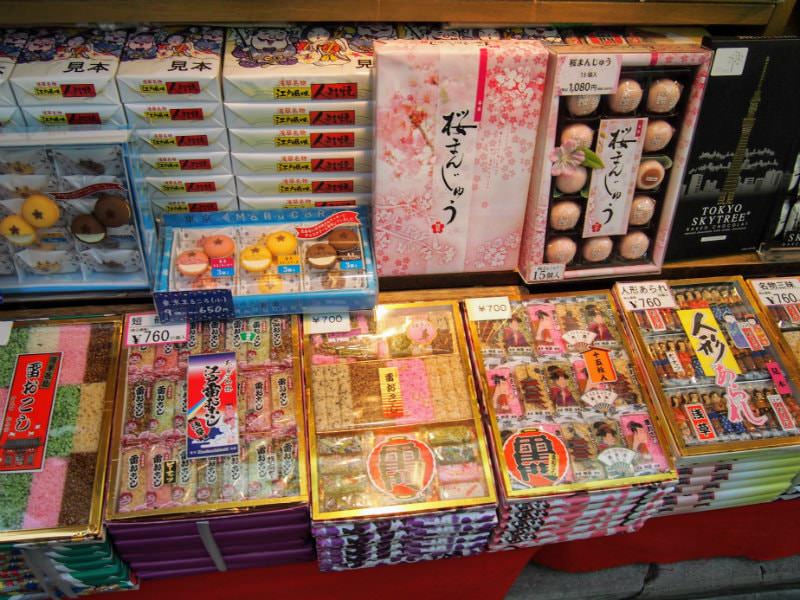

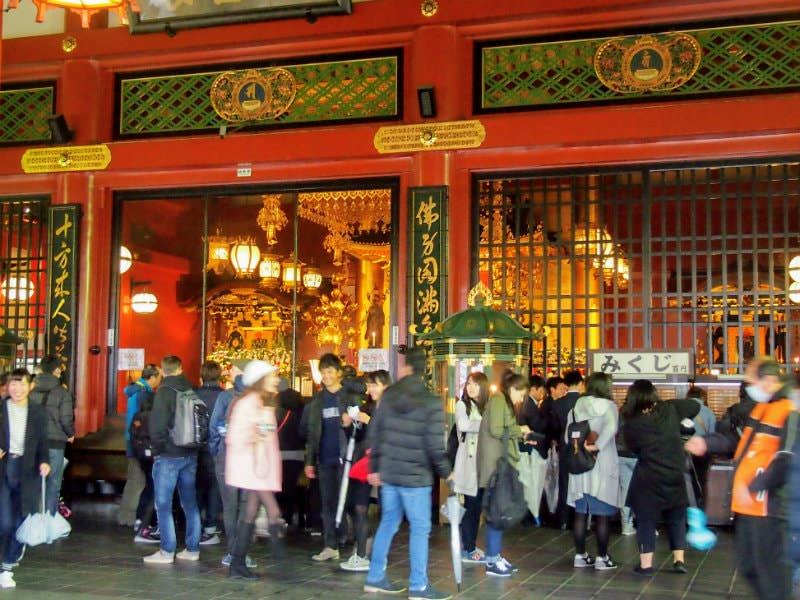

Next to Sensō-ji Temple is the Asakusa Shrine. This is a Shinto Shrine (Shinto being the other major religion in Japan). Here we came across a chōzu-ya, a fountain used for purifying oneself before going into a Buddhist Temple or Shinto Shrine. Noriko showed me how to use the fountain to purify yourself before going into the temple. This proved handy to know for later on too.
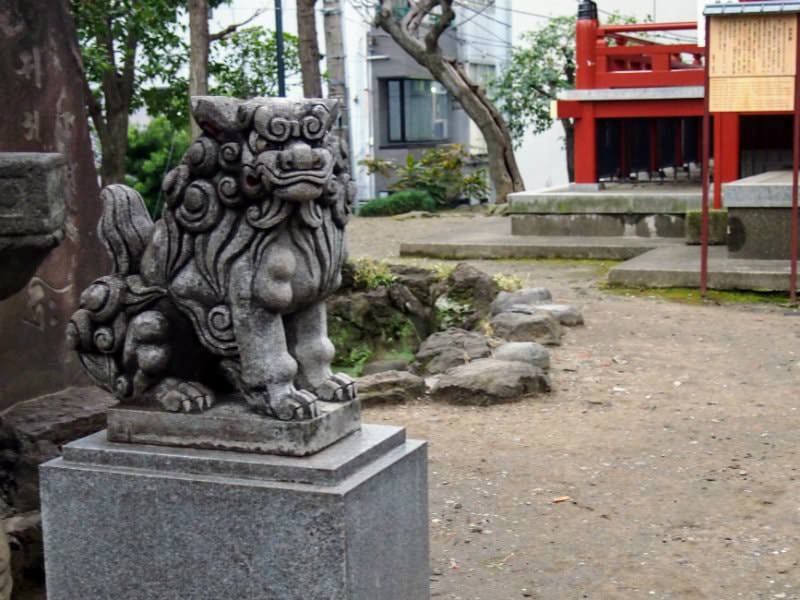
Buddhist Ceremony at Fukagawa Fudo-do
We took the subway to Fukagawa Fudō-dō a Buddhist Temple based on the Shingon sect of Buddhism. We got to see the Goma Rite where the Buddhist monks do a ceremony involving drumming, chanting, and burning wood for the deity Fudō Myōō, the angry/determined Buddha. The service was about 30 minutes and was very interesting to watch. I hadn’t taken this tour with Tokyo Greeters tour I wouldn’t have known about this temple, and would have never thought it was even possible to go to the ceremony. After we wandered around the temple. There was one room that had thousands of small statues of Fudo-son like those glass hologram souvenir statues you can buy. They were backlit by neon lights and looked really interesting. Photos weren’t allowed here.
Sumo Museum and Edo Tokyo Museum
At this time it was starting to rain, so we got on the subway to see some indoor attractions. First up was the small (and free) Sumo Museum. It goes through the history of Sumo, the national sport of Japan.

Next, we went to the nearby Edo Tokyo Museum. It shows the history of Tokyo during the Edo period (1603 to 1868), as well as after the Edo period to today. A lot of buildings from the Edo period were made of wood and were destroyed over the years due to fires. The Edo-Tokyo Museum does a great job of showing miniature representations of what Tokyo would have looked like at this time.
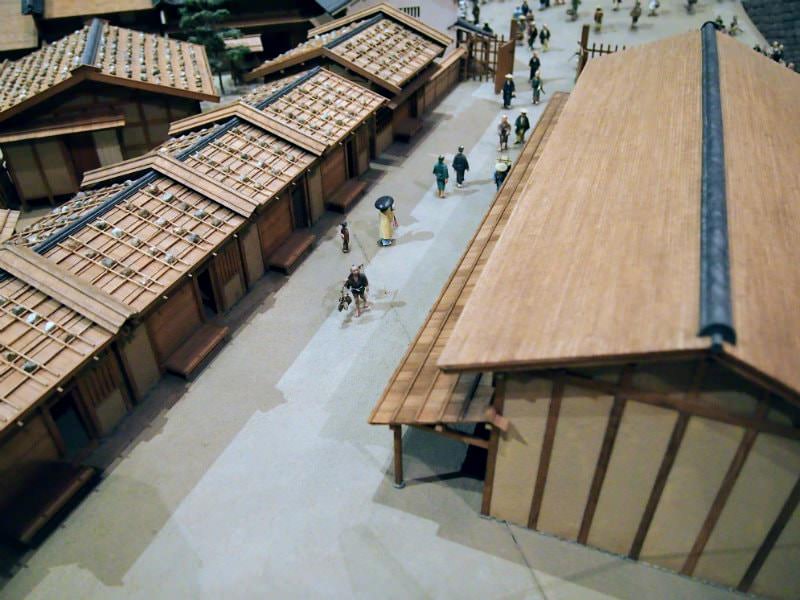

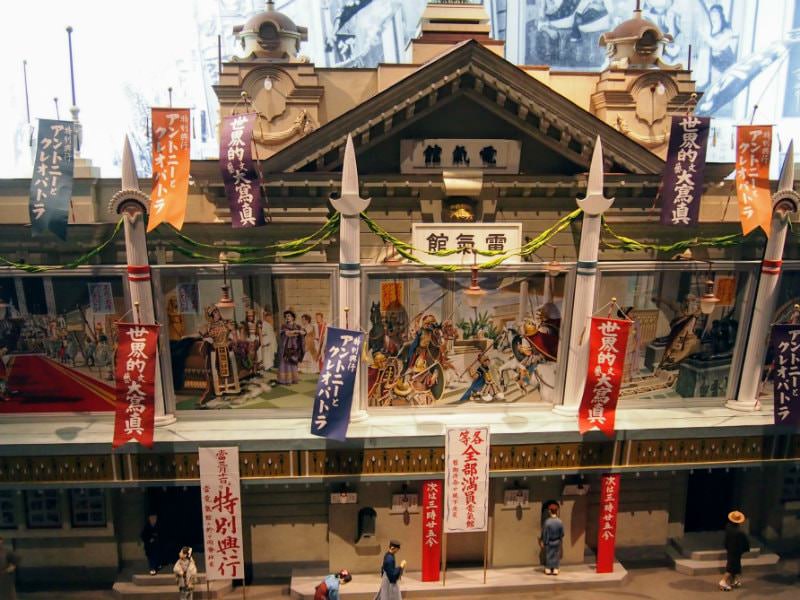
After going through the museum we went to the museum café for lunch, and Noriko was kind to treat me to a delicious bento meal. Noriko gave me some beautiful art postcards, and we got our photo taken by one of the waitresses at the café. When we were finished with our meal, we took the subway back to the Sensō-ji Temple and said our goodbyes.
Like this post? Put a pin in it.

Things To Know
I loved my experience with Tokyo Greeter. Noriko was kind, gracious, and showed me a lot of Tokyo I wouldn’t have thought (or known to) explore. If you’re looking to take a tour with the International Greeters Association sure to fill in a request online before your trip. The International Greeters Association uses local residents to show travellers various parts of their cities. Your experiences with this program may be different than mine. While the tour was free, I later made a donation to the program because of my experience. I was not asked to write about my experience. All opinions in this post are my own.
Admission to all of the attractions mentioned in this post is free, with the exception of the Edo-Tokyo Museum, which costs ¥600. If you wish to get your fortune at the Asakusa Temple it costs ¥100.
While in Tokyo I stayed at the Asakusa Hotel Fukudaya. This is a great budget hotel (more like a guest house). I was in a single private Japanese-style room (with tatami mats) and a mini-fridge. There is a shared bathroom, private showers, a male-only onsen, and a female-only onsen. At the time of my stay, I paid about $26US/night for my room. The hotel is in a quiet local neighbourhood, but is within a short walk of the Minami Senju Station. I paid for my own stay and would recommend this hotel if you want a private and affordable room in Tokyo. If you are not on a budget there are plenty of other hotels you can book in Tokyo.
Have you been to Tokyo?

Looks like you had a blast! We did a tour with the Greeters in Novi Sad in Serbia and we loved it!
Yes I loved the tour. I’d definitely do the Greeter Program again.